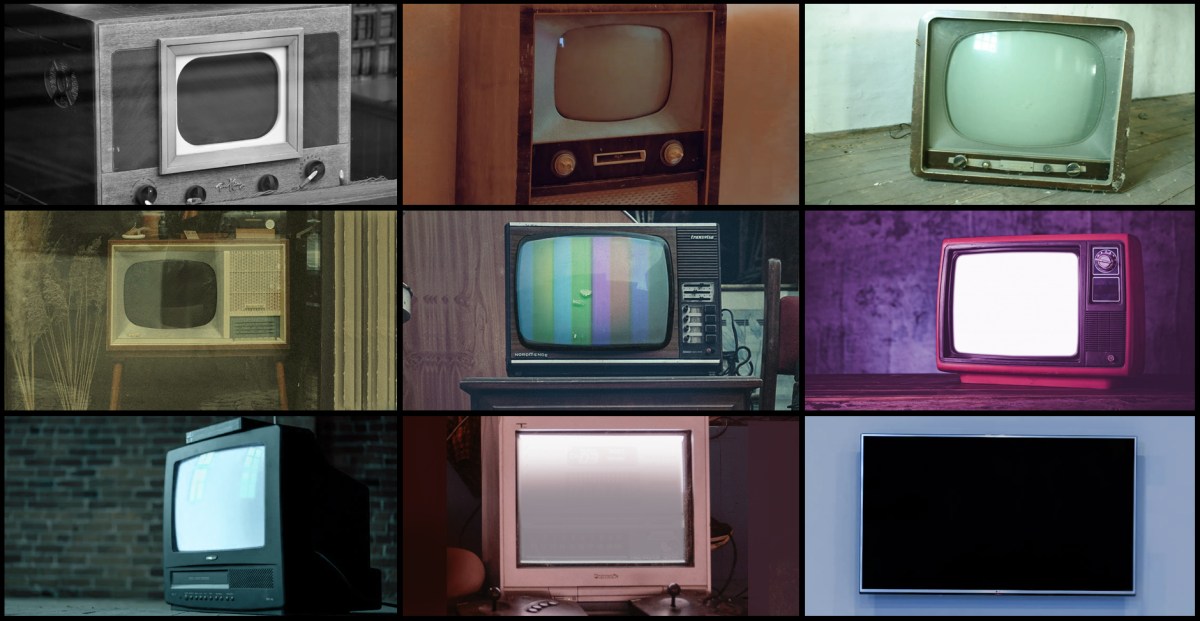World Television Day: origins
World Television Day is celebrated every 21 November after it was designated in 1996 by the United Nations General Assembly, one of the UN’s main bodies.
The day was chosen because that same year, on 21-22 November, the first World Television Forum was held, an event ‘which brought together leading media figures under the auspices of the United Nations to discuss the growing importance of television in issues such as peace, security, economic and social development and the promotion of cultural exchange’.
In December of the same year, in resolution A/RES/51/205, the General Assembly set the date, reaffirming the commitment ‘to the principles of the Charter of the United Nations and to the principles of freedom of information, as well as to the principles of independence, pluralism and diversity of the media’.
Another reason given by the supranational organisation for the creation of this international television day is the recognition of ‘the growing influence that television is having on the decision-making process by drawing global attention to conflicts and threats to peace and security’, among other issues.
History of television
Television Day was established in 1996, but the origins of television go back a few decades.
After other great technological inventions that came to revolutionise society (such as the telephone, radio or photography, whose day is commemorated on 19 August), the origins of television can be found at the end of the 19th century.
In 1884, Paul Gottlieb Nipkow became one of the pioneers of television with the invention of the Nipkow disc, an apparatus consisting of a disc and a light source with a series of quadrangular spiral holes.
1925: First television broadcast in history
Based on the research of this German engineer, the Scotsman John Logie Baird succeeded in synchronising two Nipkow discs on a single axis, thus giving birth to electromechanical television. With one disc as the transmitter and the other as the receiver, on 2 October 1925 a dummy’s head became the first television broadcast in history, although its broadcasting was limited to a laboratory in London.
Baird himself was also responsible for the creation of the first television reception apparatus in 1926.
Another breakthrough came from the Russian-born American engineer Vladimir Zvorykin, who invented the iconoscope – the predecessor of television cameras – which led to the appearance of electric television. A breakthrough which, together with the cathode ray tube (CRT) system, made it possible to improve the resolution and speed of broadcasts. These advances were patented by the president of RCA, David Sarnoff.
These advances clashed legally with the presentation in 1927 of the first fully electronic television set by the American engineer Philo Farnsworth, in what was a tough fight for the patent that lasted for a long time as the authorship of electronic television was disputed against the RCA patent mentioned in the previous paragraph.
First regular television broadcasts
Apart from the legal controversies over the technical authorship of the television patent, and following the broadcasts made by Baird in his laboratory, the BBC was the first channel in the world to broadcast regularly in high definition: on Monday 2 November 1936.
With NBC – founded by David Sarnoff – in 1939 and within the framework of the New York World’s Fair, television broadcasts began in the United States. As a curiosity, Franklin Delano Roosevelt’s appearance in front of the NBC cameras at the exhibition made him the first president of the United States of America to appear on television.
It should be noted that the aforementioned cases of the BBC and NBC in 1936 and 1939 are the first regular broadcasts, since 1936 also saw a milestone in the history of television: Nazi Germany’s Fernsehsender Paul Nipkow – named after the inventor of the eponymous record – broadcast the Berlin Olympic Games of that year.
Colour television
Although there is much more to talk about colour television, it should be noted that in 1928 someone we have already mentioned, John Logie Baird, gave the first demonstration of colour television.
However, as it was merely a test, the World Intellectual Property Organisation (WIPO) recognises the Mexican Guillermo González Camarena as the inventor of colour television in 1940. In fact, in his honour, Mexico celebrates Inventor’s Day on 17 February, as this is the date of Camarena’s birth in 1917.
Television in Spain: history
In the 1940s, specifically in 1948, the first experimental test of television in Spain was carried out by Philips at the Barcelona Trade Fair. Although it is true that previously, in the 1930s, there had also been other small-scale tests on a more rudimentary scale.
Between 1949 and 1956, the test period continued until, in the autumn of that year -on 28 October at 18:15- TVE (Televisión Española) began broadcasting its programming in free-to-air mode, although the number of television sets at that time was barely 600 throughout the country.
From the first modest broadcasts (with about three hours of programming per day), television became more and more established, although there was only one channel, La 1, until 1966, when TVE’s second channel, La 2, began test broadcasts.
During the first quarter of a century of television in Spain, only Televisión Española broadcast, until the 1980s, when the regional television stations, also publicly owned, began to operate, although at regional rather than state level, as their name suggests.
Regional television stations start broadcasting
Following the approval in 1983 of the so-called Third Channel Law, regional public television stations began broadcasting in that decade, the first being ETB (Basque Country), TV3 (Catalonia), TVG (Galicia), Canal Sur (Andalusia) and Canal Nou (Valencian Community).
Subsequently, other channels were added, bringing the total number of channels in Spain to 13 out of a total of 17 autonomous communities. Only La Rioja, Cantabria, Castilla y León and Navarra do not have regional television channels that are not public.
Moreover, all the regional public channels (except Extremadura’s) are grouped together in FORTA (Federación de Organismos de Radio y Televisión Autonómicos), a body set up in 1989.
The birth of private television in Spain
Following the 1988 Private Television Law, three channels began broadcasting in 1990: Antena 3, Telecinco and Canal+ (since 2015 Movistar Plus+), which were later joined by Cuatro and La Sexta in 2005 and 2006 respectively.
Throughout the 21st century, and with the arrival of DTT (Digital Terrestrial Television), the number of television channels in Spain has multiplied considerably, leaving far behind the times when only one or two channels were broadcast.











